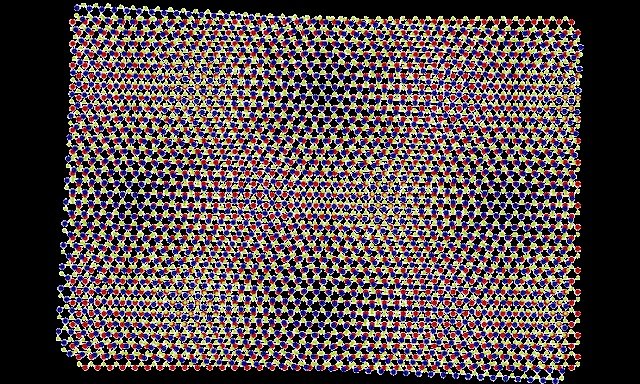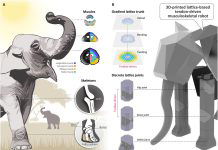
In a new study, researchers have developed a material with light-emitting properties that may achieve hacking-free communications.
The research was conducted by a team of physicists and engineers at the University of Texas at Austin.
To communicate securely, information needs to be encrypted before it is sent out.
Previous studies have shown that as computers develop, encryption methods need to be updated.
Highly efficient single-photon emitters are very useful in quantum communication applications because it can help secure the information.
In the current study, the team created the new material by tacking two layers of atomically thin materials.
In this way, they created an artificial crystal with a regularly spaced pattern of atoms called moiré crystal.
The crystal localizes electrons into a tight space on the order of a nanometer. It is about a thousand times smaller than a bacterium.
The new material could absorb energy from light and emits new photons in a special way.
The researchers interpret the material to contain thousands of identical “single-photon emitters” and can be used as a new way to prevent hacking and secure information.
This is the first technology that could produce an array of thousands of identical ones.
The researchers have strong experimental and theoretical evidence that this new material can form a checkerboard array of thousands of single-photon emitters.
In the next step, they will improve the resolution of their equipment to verify that they are forming single-photon emitters.
The research was funded in part by the National Science Foundation (NSF).
The leader of the study is physics professor Xiaoqin Elaine Li.
The study is published in Nature.
Copyright © 2019 Knowridge Science Report. All rights reserved.
Further reading: Nature.



